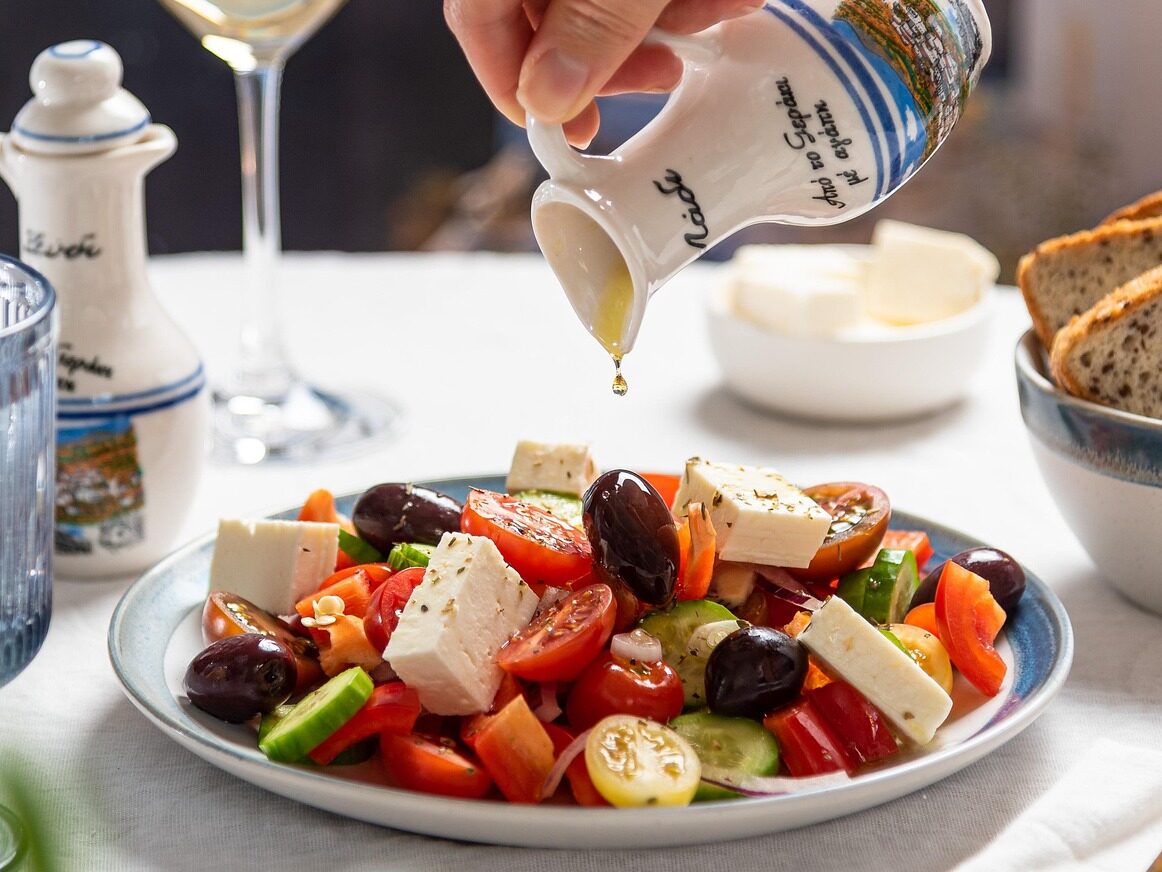
Americans walk into grocery stores believing they’re making smart, everyday choices, but certain items quietly drain budgets more than anyone expects. Packaging tricks, lifestyle marketing, and convenience all play a role. Here are the everyday groceries people consistently overspend on without even noticing.
Pre-Cut Fruit
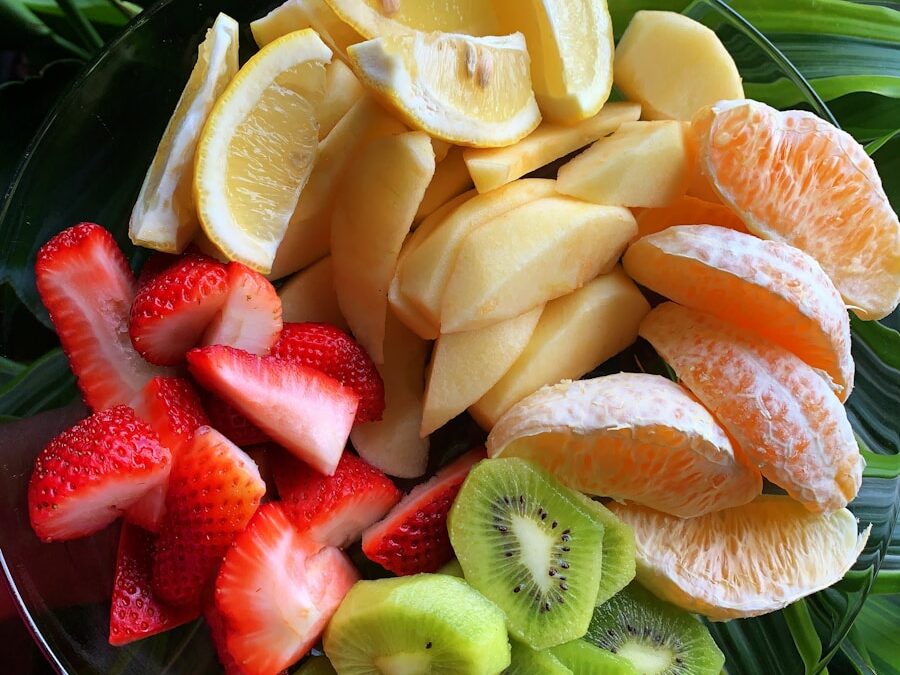
Convenience comes with a major markup. A whole pineapple or melon costs just a few dollars, but once it’s cut and placed into a clear plastic tub, the price can triple. Stores often use fruit that’s slightly overripe or blemished — produce they’re trying to move quickly — yet shoppers pay premium prices because it looks cleaned and ready to eat. The container and labor cost far more than the fruit itself.
Cold Brew Concentrate

Cold brew is one of the simplest drinks to make at home, but bottled concentrates sit on shelves with suspiciously high price tags. With just coffee grounds, water, and time, anyone can make the same thing for pennies per serving. Brands rely heavily on sleek packaging, minimalist labels, and the perception of “craft” brewing. What you’re actually paying for is time saved and branding, not quality.
Organic Packaged Snacks
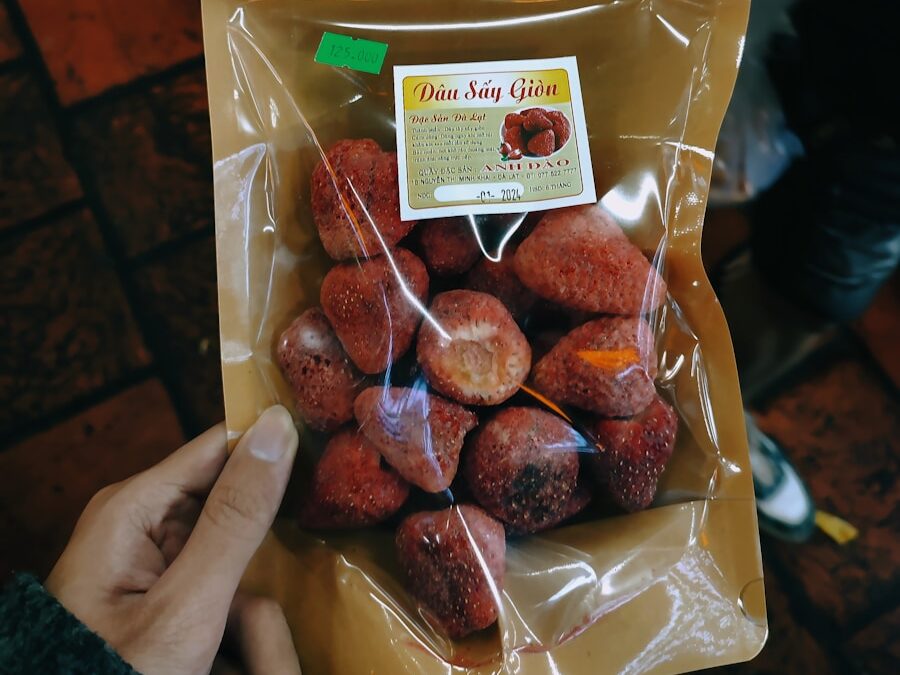
The “organic” label immediately increases the price, even when it appears on products that are still basically junk food. Organic cheese puffs, cookies, and crackers cost significantly more despite having similar nutritional profiles to theregular versions. Shoppers feel safer choosing organic because it signals quality, but for processed snacks, the difference is almost entirely psychological.
“Artisan” Bread That Isn’t Artisan
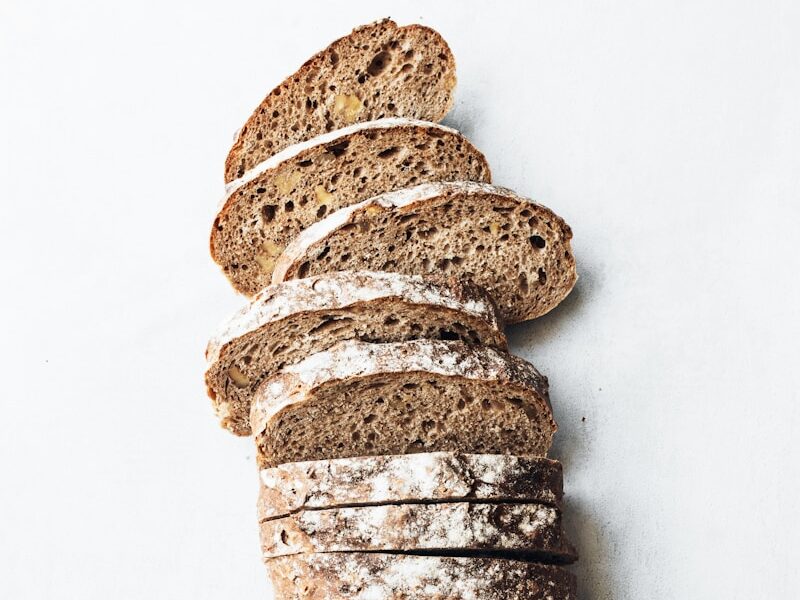
Supermarkets often sell “artisan-style” loaves that were actually made from frozen dough shipped in from industrial bakeries. They’re baked on-site, then displayed in rustic baskets to look handmade. True artisan bread involves slow fermentation and craft techniques, but the grocery version is mostly about presentation. Customers end up paying artisan prices for bread with ordinary origins.
Tiny Cheese Wedges

Imported or specialty cheeses are delicious, but the miniature wedges placed in deli cases are shockingly overpriced by weight. Many people don’t compare ounces when buying, so they assume they’re getting a reasonable value. In reality, you’re often paying premium rates for a cheese sample disguised as a full purchase. Larger blocks of the same cheese offer far better pricing.
Pre-Made Salads

Pre-packaged salads seem like a healthy time-saver, but their cost is wildly disproportionate to the ingredients. Lettuce, a protein topping, a few veggies, and a dressing packet shouldn’t cost $10–$12. Buying the components separately provides multiple servings for the same price. Stores rely on busy shoppers who want grab-and-go convenience, but financially, these salads rarely make sense.
Name-Brand Spices

Brand-name spices live in sleek jars and are given prominent shelf placement, making them seem higher quality. But most people can’t tell the difference between brand-name cinnamon and the generic version. In many stores, identical spices are available in the international aisle for a fraction of the cost. The markup largely funds branding and packaging, not superior flavor.
Bottled Water Packs

The bottled water industry profits endlessly from something that already flows into every home. Many brands pull from municipal sources and run the water through basic filtration. Yet shoppers willingly pay several dollars for a pack of bottles purely because of labeling and convenience. The cost per ounce is astonishing compared to what comes from the tap.
Pre-Shredded Cheese

Shredded cheese contains anti-caking agents that prevent clumping but also interfere with melting and texture. Despite this, it costs more per ounce than a block of cheese. Customers pay extra for the convenience of skipping a few minutes of grating. A block stays fresher, melts better, and saves money — but convenience wins for many shoppers, even at a steep premium.
Single-Serve Yogurts

These small containers appear practical for breakfasts and lunches, but the cost per ounce is far higher than buying a large tub. Companies add fruit layers, mix-ins, or special packaging that make the product feel premium, but nutritionally, it’s identical to the big container version. Customers end up paying premium prices for the illusion of portability and novelty.
Sparkling Waters with “Essence”

Flavored sparkling waters sell incredibly well despite having almost no real flavoring inside. “Essence” often means aroma compounds diluted enough to smell like fruit without actually tasting like it. The branding is stylish and the packaging trendy, which drives the price up. For many shoppers, the appeal lies in the aesthetic rather than the product itself.
Bagged Lettuce Blends
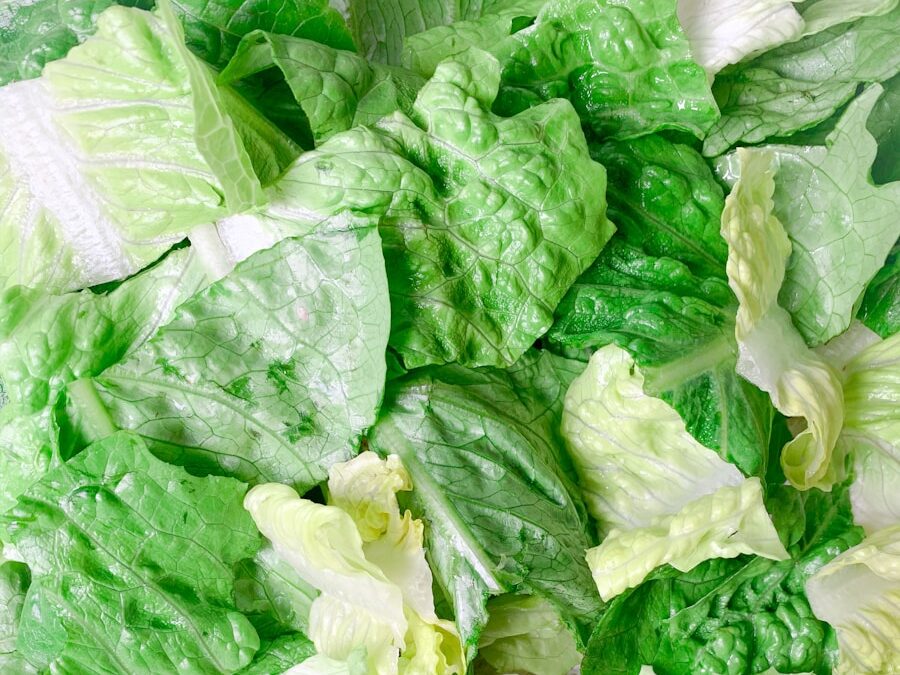
Bagged greens are a classic convenience trap. They cost significantly more than whole heads of lettuce, wilt faster, and need to be eaten almost immediately after purchase. Shoppers pay for washing, cutting, drying, and packaging — tasks that take only a few minutes at home. Over time, the price difference adds up massively for anyone who buys bagged greens regularly.
“Gourmet” Frozen Meals

Certain frozen meals market themselves as upscale with phrases like “bistro-inspired” or “chef-crafted.” The packaging looks sophisticated, and the meals cost nearly double the basic frozen dinners. But ingredient quality and portion sizes rarely justify the cost. Most have the same sodium-heavy formulas as cheaper options. The premium feeling comes from the box design, not the meal itself.
Flavored Coffee Creamers
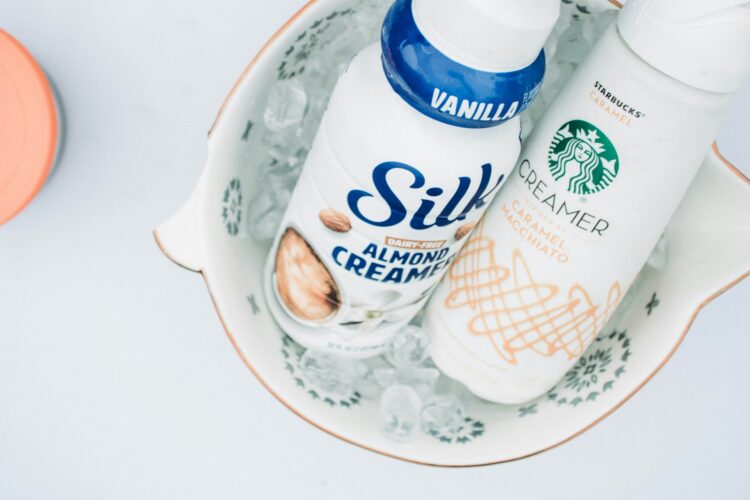
Seasonal or dessert-themed creamers sell for premium prices despite being made from inexpensive ingredients like vegetable oil, sugar, and artificial flavoring. The appeal lies entirely in the flavor names and the idea of “treating yourself” in the morning. Many shoppers don’t realize they’re paying extra for ingredients that cost pennies to produce.
Trendy Condiments
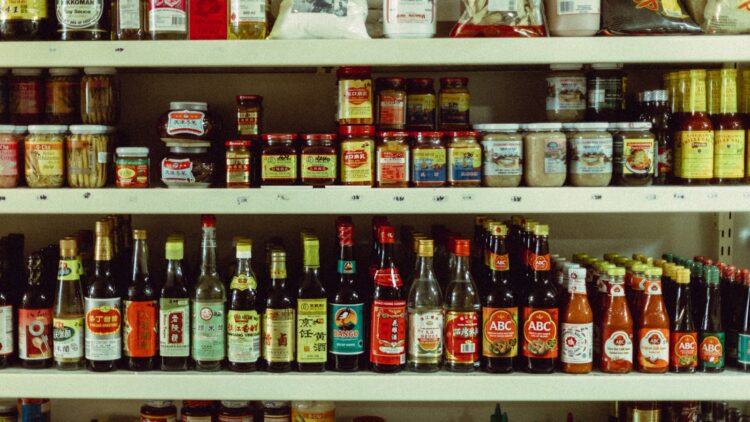
Hot honey, specialty ketchups, gourmet mustards, sriracha variations, and aioli jars often come with boutique price tags. They’re fun to try but rarely become pantry staples. Most can be recreated at home with basic ingredients, yet the bottled versions can hit $7–$12 easily. Many end up half-used and forgotten at the back of the fridge, making them an especially inefficient purchase.

